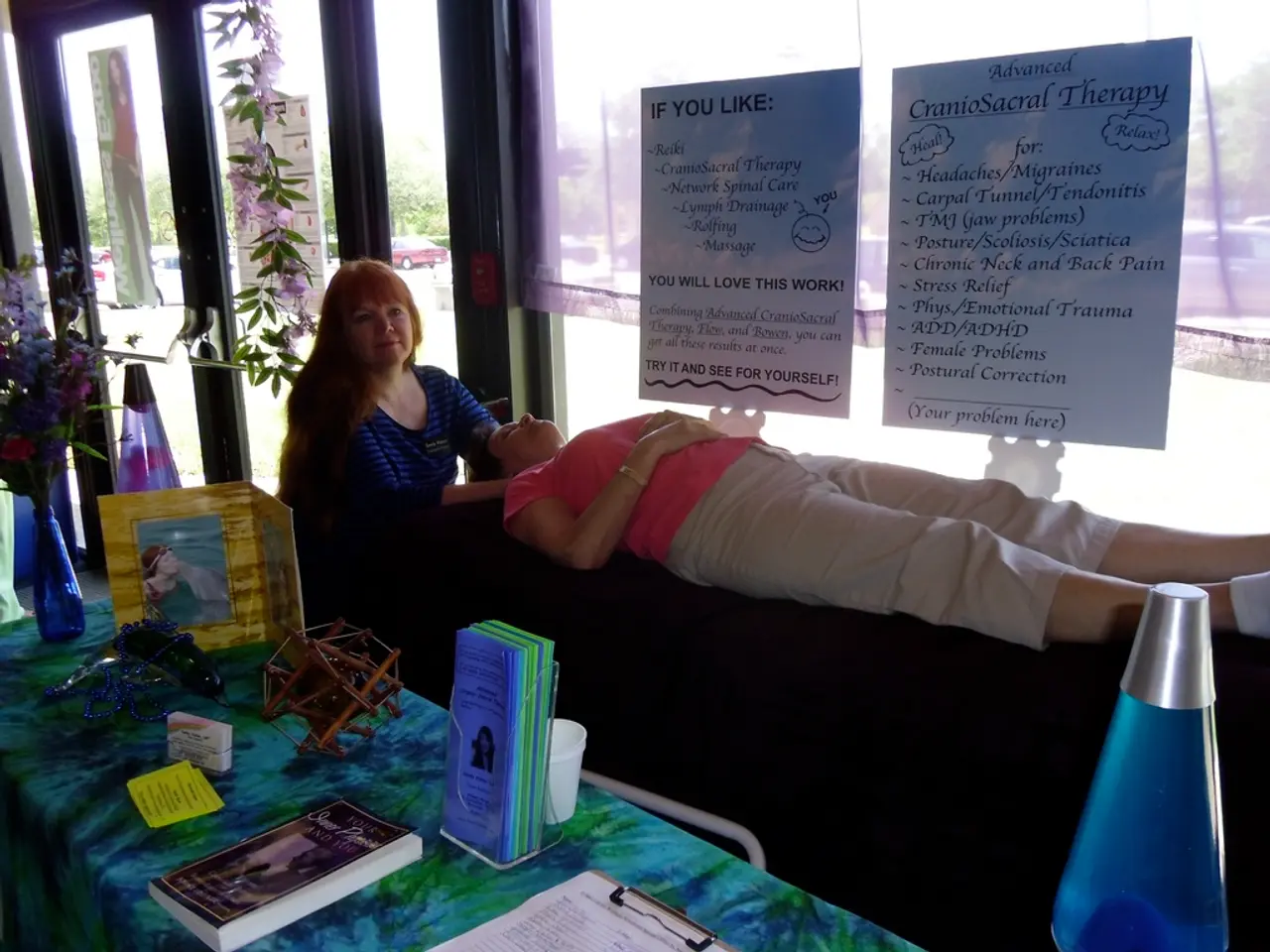Five Prevalent Errors Committed by Novice Gem Experts
In the intricate world of gemmology, identifying natural and synthetic stones, as well as recognizing treatments, can be a daunting task, especially for those just starting out. The pressure of exams often amplifies these challenges, leading to common mistakes. Here's a breakdown of the most prevalent errors and how to avoid them.
**Identification Errors**
Rushing to Judgment: Inexperienced gemmologists may jump to conclusions before gathering all necessary data, such as refractive index, specific gravity, and optical properties. This is especially risky in exam conditions where time is limited and nerves are high.
Incorrect Use of Equipment: Misuse or misinterpretation of tools (e.g., using a diamond tester incorrectly or at the wrong temperature or with worn tips) can lead to false results.
Over-reliance on Visual Inspection: Depending too much on visual cues rather than systematic testing can result in errors, especially when dealing with gemstones that closely resemble each other.
Ignoring Overlap in Properties: Some gems have overlapping physical properties, and novices may not recognize when additional diagnostic tests are needed.
**Mistakes with Synthetics**
Assumptions Based on Rarity: Emerging gemmologists sometimes assume a stone is synthetic if they have limited exposure to rare natural gems. For example, high-quality natural alexandrites are often mistaken as synthetic due to their rarity and the predominance of lab-created options on the market.
Lack of Diagnostic Skills: Insufficient practice with advanced instrumentation (like spectroscopy and microscopy) can hinder the ability to distinguish synthetics from naturals.
Overlooking Synthetic Variants: Not being familiar with all synthetic production methods (e.g., flux-grown, hydrothermal, flame fusion) can lead to misidentification.
**Mistakes with Treatments**
Failure to Detect Subtle Treatments: Heat, irradiation, and diffusion treatments can be subtle, and inexperienced gemmologists may miss the signs if not thoroughly trained or if they overlook microscopic examination.
Confusing Treatments with Synthetics: Some treatment processes (like glass filling or dyeing) may be confused with synthetic manufacture, especially if the candidate is not familiar with the specific features of each.
Insufficient Documentation: Not documenting observed features systematically can lead to missed clues about treated stones, especially in a fast-paced exam environment.
**General Exam Pitfalls**
Rushing Through Tests: Due to time pressure, candidates may skip recommended procedures or fail to double-check results.
Not Reviewing Course Material: Not revisiting or practicing with standard reference materials and gemstone samples before exams increases the likelihood of error.
Misinterpretation of Instructions: Misreading or misunderstanding exam questions can lead to incorrect answers, especially on questions about treatments or synthetics.
To navigate these challenges, emerging gemmologists should focus on methodical testing, thorough documentation, and regular practice with a wide range of gem materials—both natural and synthetic. Building familiarity with advanced instruments and understanding common pitfalls (like confusing rare naturals for synthetics or missing subtle treatments) are key for success in gemmology exams.
Examples of stones that a competent gemmologist would be expected to recognize include jadeite and flux-grown synthetic corundum. Amethyst, while sometimes mistaken for iolite, sapphire, or tanzanite, can be easily distinguished due to differences in pleochroism, refractive indices, specific gravities, and colors.
In conclusion, the world of gemmology is complex and ever-evolving, but with practice, patience, and a keen eye, even the most challenging stones can be identified accurately.
- To avoid rushed judgments and misidentification in gemmology, it's crucial to gather all necessary data such as refractive index, specific gravity, and optical properties before making conclusions, even under exam conditions where time is limited.
- Inexperienced gemmologists should be careful not to misuse or misinterpret tools like diamond testers, as using them incorrectly or at wrong temperatures or with worn tips can lead to false results.
- Relying too much on visual cues instead of systematic testing can result in errors, especially when dealing with gemstones that closely resemble each other.
- Some gemstones have overlapping physical properties, and novices may not recognize when additional diagnostic tests are needed to ensure accurate identification.
- Assuming a stone is synthetic based on its rarity can lead to mistakes, as emerging gemmologists should be aware of both natural and synthetic options in the market before making judgments.




